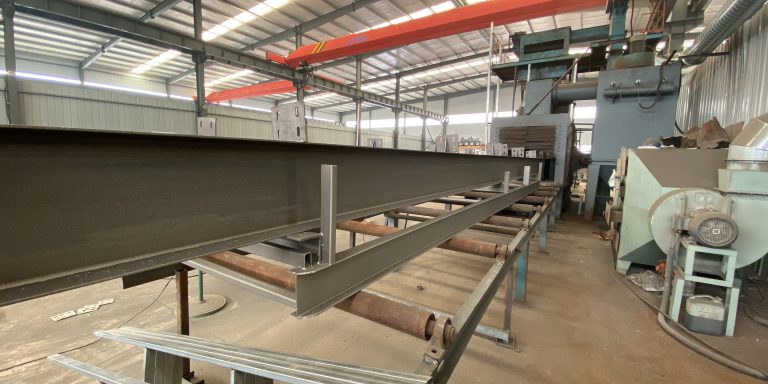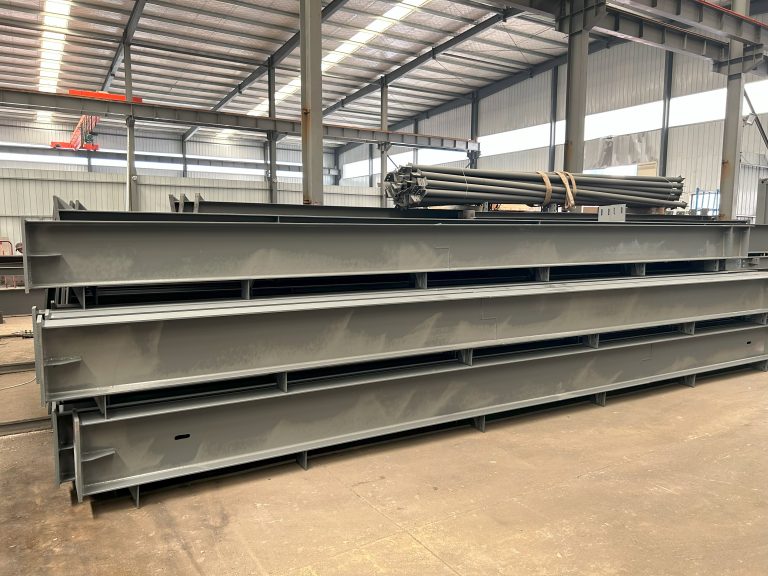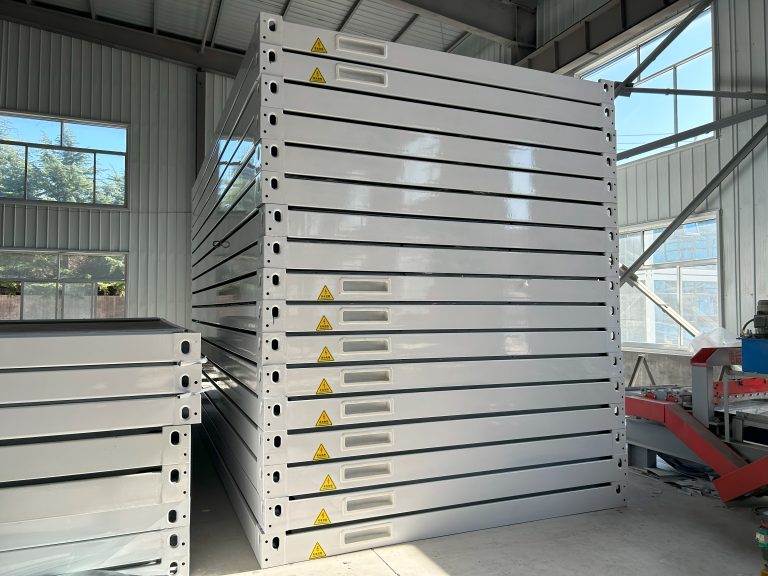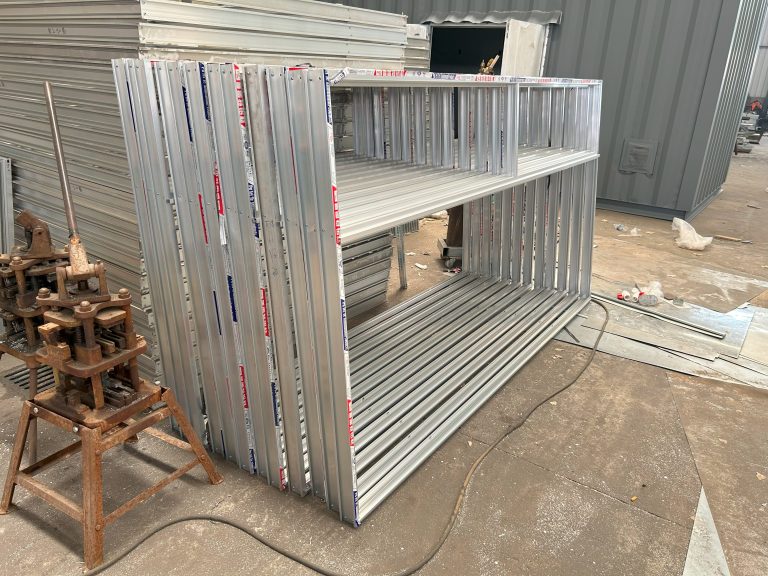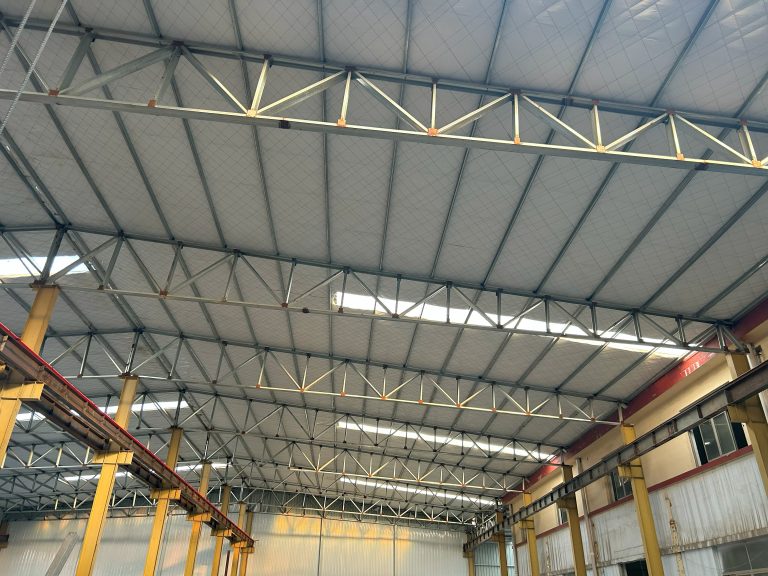Green roof technology for container houses
Table of Contents
Benefits of Green Roof Technology for Container Houses
Green roof technology has gained popularity in recent years as a sustainable and environmentally friendly way to improve the energy efficiency of buildings. This technology involves the installation of a layer of vegetation on the roof of a building, which provides numerous benefits for both the building and the environment. When it comes to container houses, green roof technology can be particularly advantageous, offering a range of benefits that make it an attractive option for homeowners looking to reduce their carbon footprint and lower their energy bills.
One of the key benefits of green roof technology for container houses is its ability to improve the insulation of the building. The layer of vegetation on the roof acts as a natural insulator, helping to regulate the temperature inside the container house and reduce the need for heating and cooling. This can lead to significant energy savings over time, making green roofs a cost-effective option for homeowners looking to reduce their energy consumption.
In addition to improving insulation, green roof technology can also help to reduce stormwater runoff and improve water quality. The vegetation on the roof absorbs rainwater, reducing the amount of runoff that flows into storm drains and ultimately into rivers and streams. This can help to prevent flooding and erosion, as well as reduce the amount of pollution that enters our waterways. By capturing and filtering rainwater, green roofs can help to improve water quality and protect the environment.
Another benefit of green roof technology for container houses is its ability to create a more aesthetically pleasing living space. The lush vegetation on the roof can provide a natural and tranquil environment for homeowners to enjoy, creating a peaceful retreat from the hustle and bustle of everyday life. Green roofs can also help to improve air quality by absorbing carbon dioxide and releasing oxygen, creating a healthier living environment for residents.
Furthermore, green roof technology can help to extend the lifespan of container houses by protecting the roof from the elements. The layer of vegetation acts as a barrier against UV radiation, extreme temperatures, and harsh weather conditions, helping to prevent damage and deterioration to the roof. This can help to reduce maintenance costs and prolong the life of the container house, making green roofs a smart investment for homeowners looking to increase the longevity of their home.
Overall, green roof technology offers a range of benefits for container houses, from improving insulation and reducing energy consumption to enhancing water quality and creating a more aesthetically pleasing living space. By incorporating green roofs into their design, homeowners can enjoy a range of environmental and financial benefits that make them a sustainable and cost-effective option for modern living. Whether you are looking to reduce your carbon footprint, lower your energy bills, or create a more beautiful and sustainable living space, green roof technology is a smart choice for container houses.
How to Implement Green Roof Technology on Container Houses
Green roof technology has gained popularity in recent years as a sustainable and environmentally friendly way to improve the energy efficiency of buildings. This technology involves the installation of a layer of vegetation on the roof of a building, which provides numerous benefits such as reducing energy costs, improving air quality, and mitigating the urban heat island effect. While green roofs are commonly associated with traditional buildings, they can also be implemented on container houses to enhance their sustainability and aesthetic appeal.
One of the key benefits of green roof technology is its ability to improve the energy efficiency of buildings. By providing an additional layer of insulation, green roofs help to regulate the temperature inside the building, reducing the need for heating and cooling. This can lead to significant cost savings on energy bills, making green roofs a cost-effective investment for container house owners.
In addition to reducing energy costs, green roofs also have a positive impact on air quality. The vegetation on the roof acts as a natural filter, removing pollutants and particulate matter from the air. This can help to improve the overall air quality in the surrounding area, creating a healthier and more pleasant living environment for residents of container houses.
Another benefit of green roof technology is its ability to mitigate the urban heat island effect. Urban areas tend to be significantly warmer than rural areas due to the abundance of concrete and asphalt surfaces that absorb and retain heat. By installing green roofs on container houses, homeowners can help to reduce the heat island effect in their neighborhood, creating a more comfortable and sustainable urban environment.
Implementing green roof technology on container houses is a relatively straightforward process that can be completed in a few simple steps. The first step is to assess the structural integrity of the container house to ensure that it can support the weight of a green roof. Most container houses are designed to be structurally sound, but it is always a good idea to consult with a structural engineer before proceeding with the installation.

Once the structural integrity has been confirmed, the next step is to select the appropriate materials for the green roof. This typically includes a waterproof membrane, a drainage layer, a growing medium, and a selection of plants. It is important to choose plants that are well-suited to the local climate and require minimal maintenance to ensure the long-term success of the green roof.
After the materials have been selected, the green roof can be installed on the container house. This typically involves laying down the waterproof membrane, followed by the drainage layer, growing medium, and plants. It is important to ensure that the green roof is properly installed to prevent leaks and ensure the longevity of the system.
Once the green roof has been installed, regular maintenance is required to ensure its continued success. This includes watering the plants, removing debris, and inspecting the roof for any signs of damage. With proper care and maintenance, a green roof on a container house can provide numerous benefits for homeowners and the environment.
In conclusion, green roof technology is a sustainable and environmentally friendly way to improve the energy efficiency of container houses. By installing a green roof on a container house, homeowners can reduce energy costs, improve air quality, and mitigate the urban heat island effect. With proper planning and maintenance, green roofs can be a valuable addition to container houses, enhancing their sustainability and aesthetic appeal.

